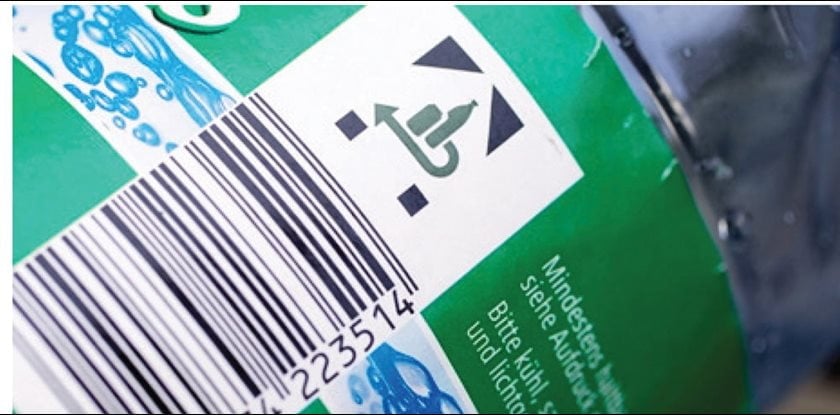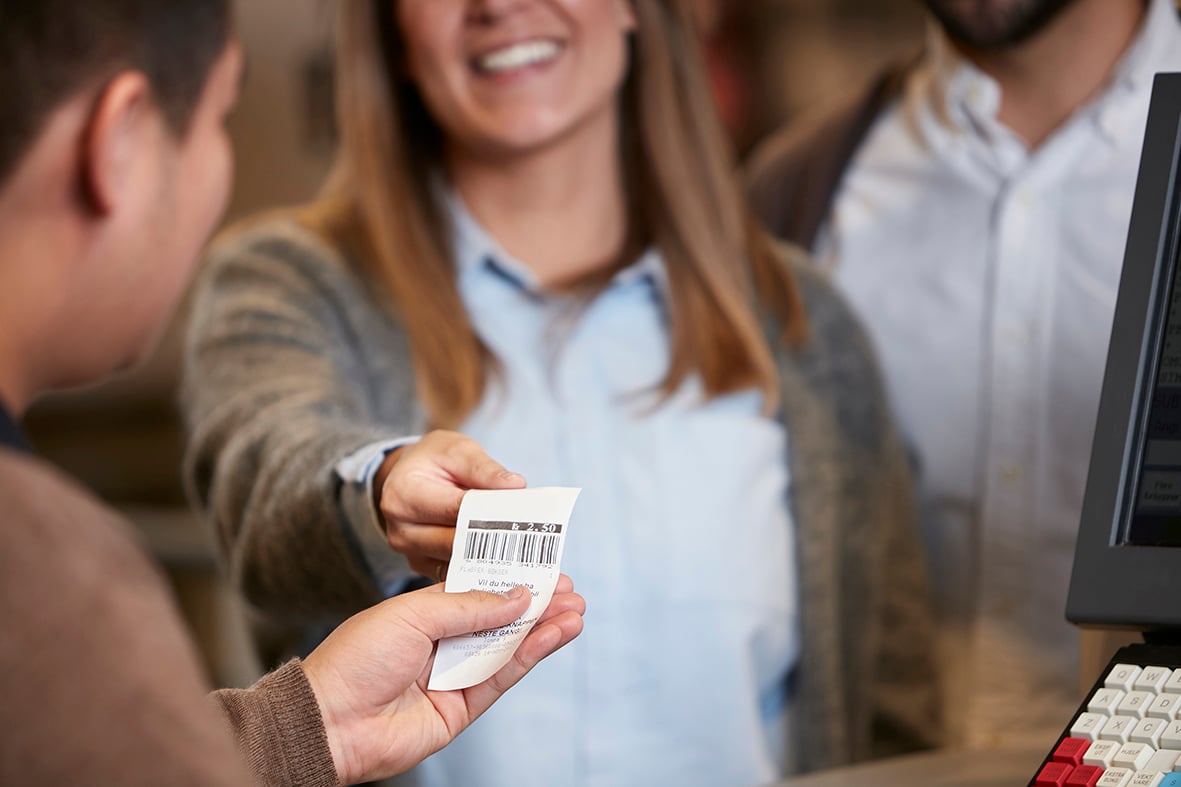Key elements of high-performing deposit return systems:
#6 - Container deposit markings for consumers and manual returns, barcodes for accurate accounting
In this System Spotlight article series, TOMRA provides a deep dive into the best practices of high-performing container deposit return schemes.
![]() Ocean plastic pollution, waste management costs and mandated collection targets are causing more and more governments to make sustainable resource management a priority. One policy that is actively being discussed is the concept of giving waste a value, to incentivize the public to collect it for recycling. This is a particularly popular approach for the items that are most commonly littered and found in oceans, such as beverage containers. Container deposit return systems (or “bottle bills”) add a deposit on the container on top of the price for the beverage, which is repaid when the consumer returns it to be recycled.
Ocean plastic pollution, waste management costs and mandated collection targets are causing more and more governments to make sustainable resource management a priority. One policy that is actively being discussed is the concept of giving waste a value, to incentivize the public to collect it for recycling. This is a particularly popular approach for the items that are most commonly littered and found in oceans, such as beverage containers. Container deposit return systems (or “bottle bills”) add a deposit on the container on top of the price for the beverage, which is repaid when the consumer returns it to be recycled.
A number of states or countries have committed to update existing deposit systems or develop new systems. In this ongoing article series and its white paper, "Rewarding Recycling: Learnings From the World's Highest-Performing Deposit Return Systems", TOMRA explores the best practices that separate the leaders in deposit return systems from the laggards.
Key element #6: Container deposit markings for consumers and manual returns, barcodes for accurate accounting
For a deposit return system to be effective, containers that are eligible for a deposit must be easily identifiable to consumers and staff at manual return locations. To ensure this, it is common for standard text or a logo to be printed on each eligible drink container.
Barcodes serve a similar purpose, enabling automated redemption technology like reverse vending machines (RVMs) to recognize and count each deposit container like at checkout in a grocery store. This automation provides the same accurate payments, a baseline level of security and fair financial accounting by keeping track of each brand. Almost every deposit system in the world has a barcode-based recording system that can identify whether containers are eligible for redemption.1 California and many Canadian provinces are the notable exceptions.
Modern deposit systems also require or incentivize unique deposit markings and market-specific barcodes, to prevent fraudulent redemption of non-deposit containers and ensure accountability. This ultimately reduces costs for the producer. Such markings are used voluntarily in the United States by some brand owners where the benefit is clear.
If it is not viable to directly print labels on to the drink containers (for example, on small quantities of imported beverages), a sticker or stamp can be purchased from the Central System Administrator (CSA) and affixed to the existing label.

Deposit return system spotlight
NorwayBeverage producers pay a fee to register their products with the country’s Central System Administrator (CSA), Infinitum. This private, beverage-industry-run non-profit requires that the containers of all participating beverage distributors must be marked with the deposit logo, deposit value, and a barcode. Containers must also be sent to Infinitum for testing approval prior to the launch of a new beverage product, to ensure they can be read by automated collection infrastructure.
The country’s beverage producers can choose whether to use a universal barcode (which allows the beverage to be sold in any market), or a barcode unique to Norway. Unique barcodes carry lower fees for producers, because they prevent consumers from potentially collecting deposits for containers bought outside of Norway.
Under the Norwegian system, all bags used for transporting the containers after collection can be traced electronically because they are tagged with a unique radio frequency identification (RFID) chip. The bags, provided by Infinitum, are filled in the storage areas of RVMs and sealed with integrated closing tape to prevent tampering.2
CroatiaCroatia overhauled its DRS in 2015 with the introduction of logo container markings for the first time. Before this point, deposit containers only included small text and no visual deposit marking, which made the process confusing for consumers, especially non-native speakers.
California, USA
California’s deposit return system utilizes visual markings on bottles and cans, but not barcodes, which opens up the possibility of fraud. Barcodes enable automated redemption equipment to verify each container as eligible for a deposit, but, as Eunomia stated in a comprehensive analysis of California’s system, the state’s “payment by weight option increases the potential for out-of-state containers and also out of scope containers to be redeemed.”3
It is estimated that CalRecycle, the Central System Administrator, spends between US$40 million and $200 million annually due to loss of unredeemed deposit revenue as a result of weak accounting standards and cross-border fraud.
New South Wales, AustraliaBefore the deposit system was launched in the state of New South Wales, multipacks of beverages were not required to have individual barcodes for each container.
This would have created a situation where one container sold individually would be accepted by an RVM but those sold in multipacks would be rejected in many cases. The government updated labelling requirements to add individualized barcodes before the system was implemented, to avoid consumer confusion and ensure fairness.

Identifiable containers supports a successful system
Printed markings on a beverage container, whether a logo or standard text, makes it easier for consumers and staff at manual return locations to identify whether a container qualifies for the DRS.
However, within automated redemption systems the requirement for barcodes on the containers is crucial. This not only helps identify whether containers qualify for redemption, but also helps increase accountability and prevent fraudulent redemption of non-deposit containers.
Sources:
1 “Trashed: How California Recycling Failed and How to Fix It,” Consumer Watchdog. 2020.
2 “Preventing & Mitigating Fraud in Deposit Refund Systems,” Eunomia Research & Consulting. 2018.
3 “California’s Beverage Container Program: Reforms for a Sustainable Future,” Eunomia. 2018.

